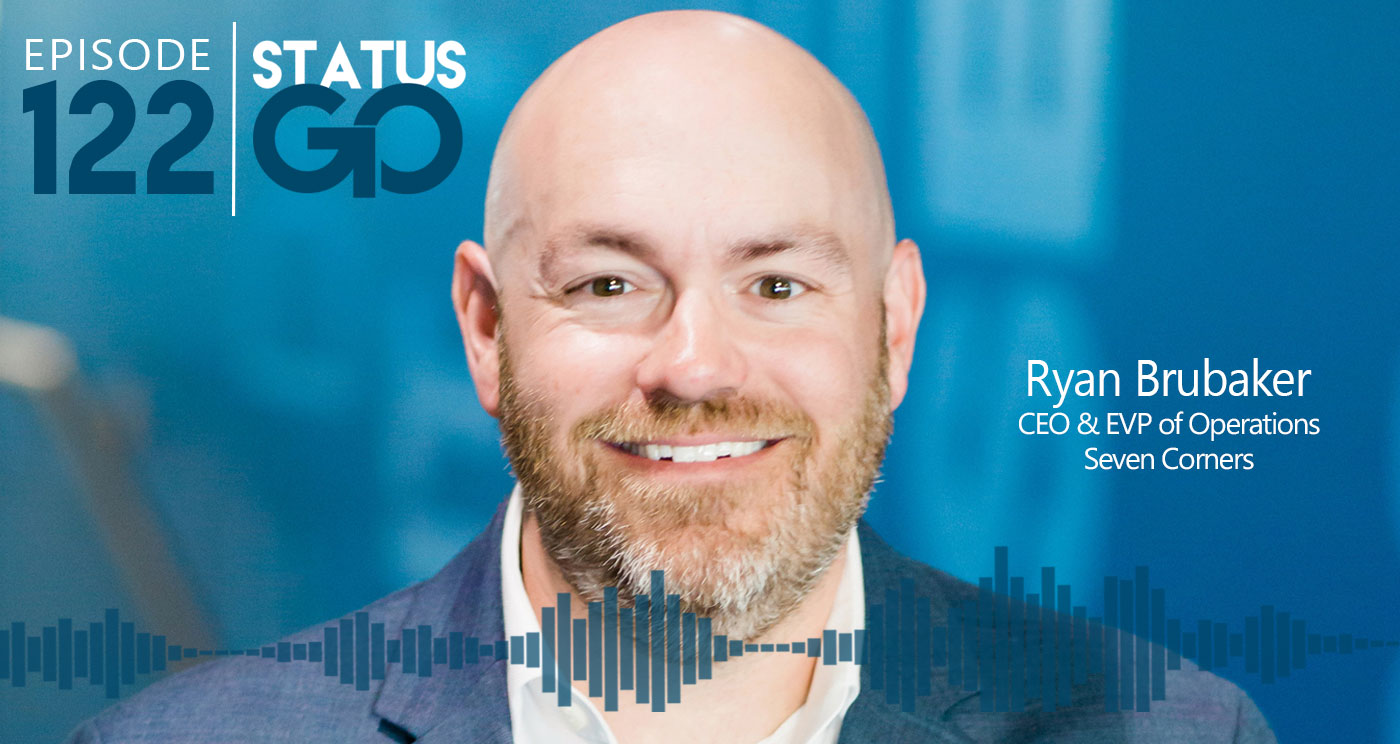Because spending in the cloud can drive customer growth, product development efficiencies, relieve dependence on datacenters, and increase revenue generation, FinOps thus becomes all about making money rather than simply saving it.
Ryan Brubaker, CIO and Executive Vice President of Operations at Seven Corners, takes us on their path to the cloud.
In this episode Dustin Milberg, Field CTO of Cloud Services, dissects the tools needed for the cloud journey, with a focus on the 6 layers of the platform.
More than half (62%) of recent survey respondents say they have experienced stalled or slower-than-expected cloud migration. Most believe the delay in cloud migration is primarily due to unanticipated skills gaps (41%).
Does cloud save money? The short answer is yes. The longer form answer is that yes, but it depends upon the foundation you’ve empowered in the cloud for the rest of the business to run on.
AWS cost optimization is the process of examining and correcting existing conditions within the AWS environment to better fit within a predetermined budget.
AWS Savings Plans are an easy cost-saving feature that can provide optimization in exchange for a commitment to a particular level of usage.
Ron Teeter, Vice President of Engineering at Jobvite, takes you through the timeline of their entire cloud journey and discusses the connected outcomes that came with each phase. Jobvite has gone from survival to agile to efficient. Hear exactly how Ron and his team managed this process.
AWS Savings Plans are an easy cost-saving feature that can provide optimization in exchange for a commitment to a particular level of usage.
Cloud cost management requires unique expertise in the realm of cloud architecture, and often cloud teams either don’t have the skills on staff or are too busy to focus on the technical and operational processes necessary to control and reduce costs. This issue, coupled with complex billing and lack of visibility into spending trends can result in sprawled workloads, stalled migrations and eroded confidence in cloud strategies.








